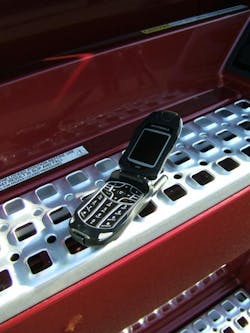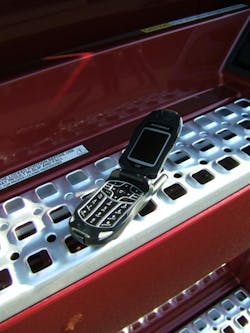The lure of electronics, the perils of distraction
Dr. Beth Ebel, an associate professor of pediatrics at the school and the study’s principal investigator, added that among the 3.4% of drivers observed in the study talking on a hand-held phone, half were holding the device near or under the steering wheel. This risky behavior diverts the driver’s attention from the road.
“These findings suggest that distracted driving is more common than we thought and that texting has become a major cause of distraction,” she added.
That’s a big deal for several reasons, noted Dr. Ebel, with estimates suggesting that up to 28% of crash risk is attributable to cell phone use or text messaging in vehicles. She also said that prior studies show texting while driving increases crash risk by 23 times, similar to driving with a blood alcohol level of 0.19.
Dr. Ebel added that these are preliminary results, part of a broader study conducted to explore the effects of law enforcement on electronic distracted driving. In October, a “statewide report card” will be released providing more data by county, with this “baseline assessment” designed to help county law enforcement, prosecutors and public health officials evaluate the effectiveness of various ways to stop distract driving.
“These recent findings provide objective support for what we’ve long believed: texting contributes to more collisions than we can prove,” said Chief John Batiste of the Washington State Patrol. “After a collision, drivers almost never admit they were texting. We believe the problem has, until now, been drastically under-reported.”
Now, trucking of course already operates under a complete ban of cell phone use but the more important question in all of this regards whether such “bans” really work.
While the Governors Highway Safety Assn. (GHSA) began calling for outlawing all handheld cell phone use while behind the wheel for all drivers in the nation, not just truckers, starting about a year ago, other studies suggest such bans may not produce the desired result: namely the cessation of cell phone use while driving.
Thus it will be interesting to see what Washington State does based on the results of this distracted driver survey.

